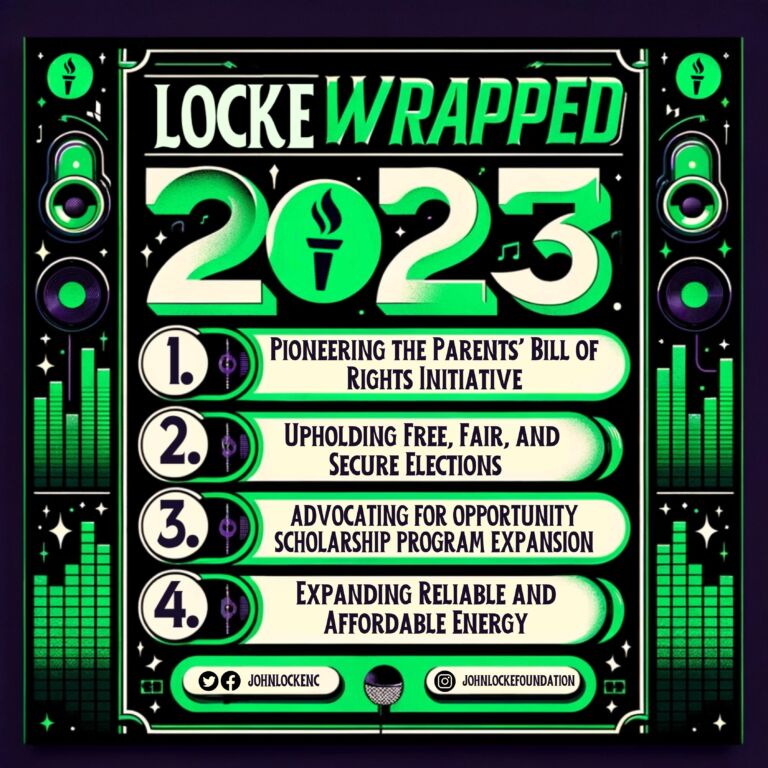Given the media’s longstanding efforts to portray President Obama in the best possible light — nimbus and all — it’s interesting to read Associated Press photography director Santiago Lyon’s complaint in the New York Times about the Obama administration’s restrictions on photojournalists’ access to the president.
In response to these restrictions, 38 of the nation’s largest and most respected media organizations (including The New York Times) delivered a letter to the White House last month protesting photojournalists’ diminished access.
A deputy press secretary, Josh Earnest, responded by claiming that the White House had released more images of the president at work than any previous administration. It is serving the public perfectly well, he said, through a vibrant stream of behind-the-scenes photographs available on social media.
He missed the point entirely.
The official photographs the White House hands out are but visual news releases. Taken by government employees (mostly former photojournalists), they are well composed, compelling and even intimate glimpses of presidential life. They also show the president in the best possible light, as you’d expect from an administration highly conscious of the power of the image at a time of instant sharing of photos and videos.
By no stretch of the imagination are these images journalism. Rather, they propagate an idealized portrayal of events on Pennsylvania Avenue.
If you take this practice to its logical conclusion, why have news conferences? Why give reporters any access to the White House? It would be easier to just have a daily statement from the president (like his recorded weekly video address) and call it a day. Repressive governments do this all the time.
American presidents have often tried to control how they are depicted (think of the restrictions on portraying Franklin D. Roosevelt in his wheelchair). But presidents in recent decades recognized that allowing the press independent access to their activities was a necessary part of the social contract of trust and transparency that should exist between citizens and their leaders.


